Pitcher Plant for a Beginner...
iheartroscoe
16 years ago
Related Stories
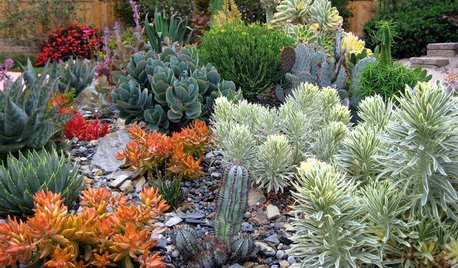
GARDENING GUIDESA Beginner’s Guide to Growing Succulents
Their easy-care reputation is well-deserved, but a little TLC will turn succulents into star plants
Full Story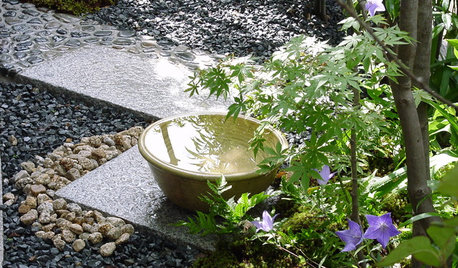
WORLD OF DESIGNA Beginner’s Guide to the Japanese Tea Garden
A small roji, or teahouse garden, offers a respite from everyday life. Why not make one part of your home garden?
Full Story
GARDENING GUIDES10 Tips to Start a Garden — Can-Do Ideas for Beginners
Green up your landscape even if you're short on time, money and knowledge, with these manageable steps for first-time gardeners
Full Story
GARDENING GUIDESGreat Design Plant: Knock Out Roses
As glorious as their high-maintenance kin for a fraction of the work, Knock Out roses make even beginners look like garden stars
Full Story
GARDENING GUIDES10 Easy Edibles for First-Time Gardeners
Focus on these beginner-friendly vegetables, herbs, beans and salad greens to start a home farm with little fuss
Full Story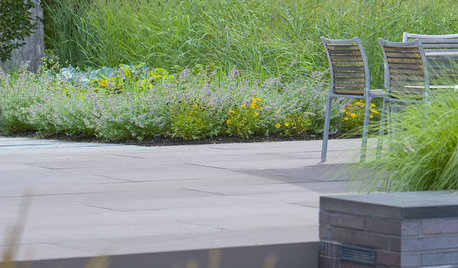
FLOWERS AND PLANTSPanicum Virgatum, a Prairie Beauty Many Gardeners Can Enjoy
Switchgrass adds color through the year and is a natural ‘seed feeder’ for birds
Full Story
GARDENING GUIDES10 Top California Native Plants, Trees and Grasses
Enjoy a fuss-free, water-wise garden in the Golden State by growing plants naturally in tune with the climate and wildlife
Full Story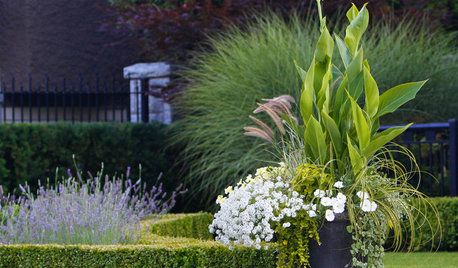
GARDENING GUIDESGreat Design Plant: Cannas
Easy to grow and maintain, these showy, colorful plants are perfect for beginning gardeners
Full Story
EDIBLE GARDENSGarden BFFs? Why Your Vegetables Are Begging for Companion Plants
Foster friendships among plants for protection from pests, pollination support and color camaraderie
Full Story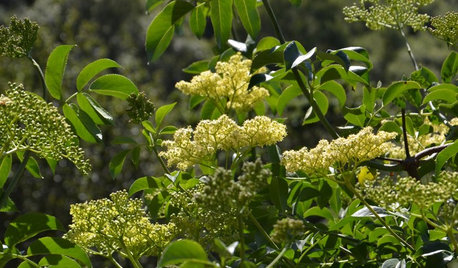
GARDENING GUIDESGreat Design Plant: Sambucus Nigra Caerulea for the Birds
Blue elderberry is a favorite of birds and other wildlife in its native California
Full StorySponsored



plantmaster
genaro
Related Discussions
Pitcher plant as a house plant?-
Q
Pitcher plant species?
Q
Beginner tarrium plants/and info
Q
pitcher plant completely red, and all leaves going crusty and brown
Q
petiolaris
mutant_hybrid
yukichan
mutant_hybrid
yukichan
mutant_hybrid
mitzi1956-2008
don555
mutant_hybrid
greensparty
angellilly
tommyr_gw Zone 6
petiolaris
angellilly
shavon
shavon
lycopus
tommyr_gw Zone 6
nathan12345
RainforestGuy
Hegory
RainforestGuy
Hegory
sitting_boy
Hegory
RainforestGuy
sitting_boy
Hegory
sitting_boy
Hegory
sitting_boy
Hegory
sitting_boy
Hegory
sitting_boy
concetta123
tommyr_gw Zone 6
concetta123
tommyr_gw Zone 6
concetta123
tommyr_gw Zone 6
concetta123
tommyr_gw Zone 6
concetta123
tommyr_gw Zone 6
sitoman2002
tommyr_gw Zone 6
Marijuana Nepenthes